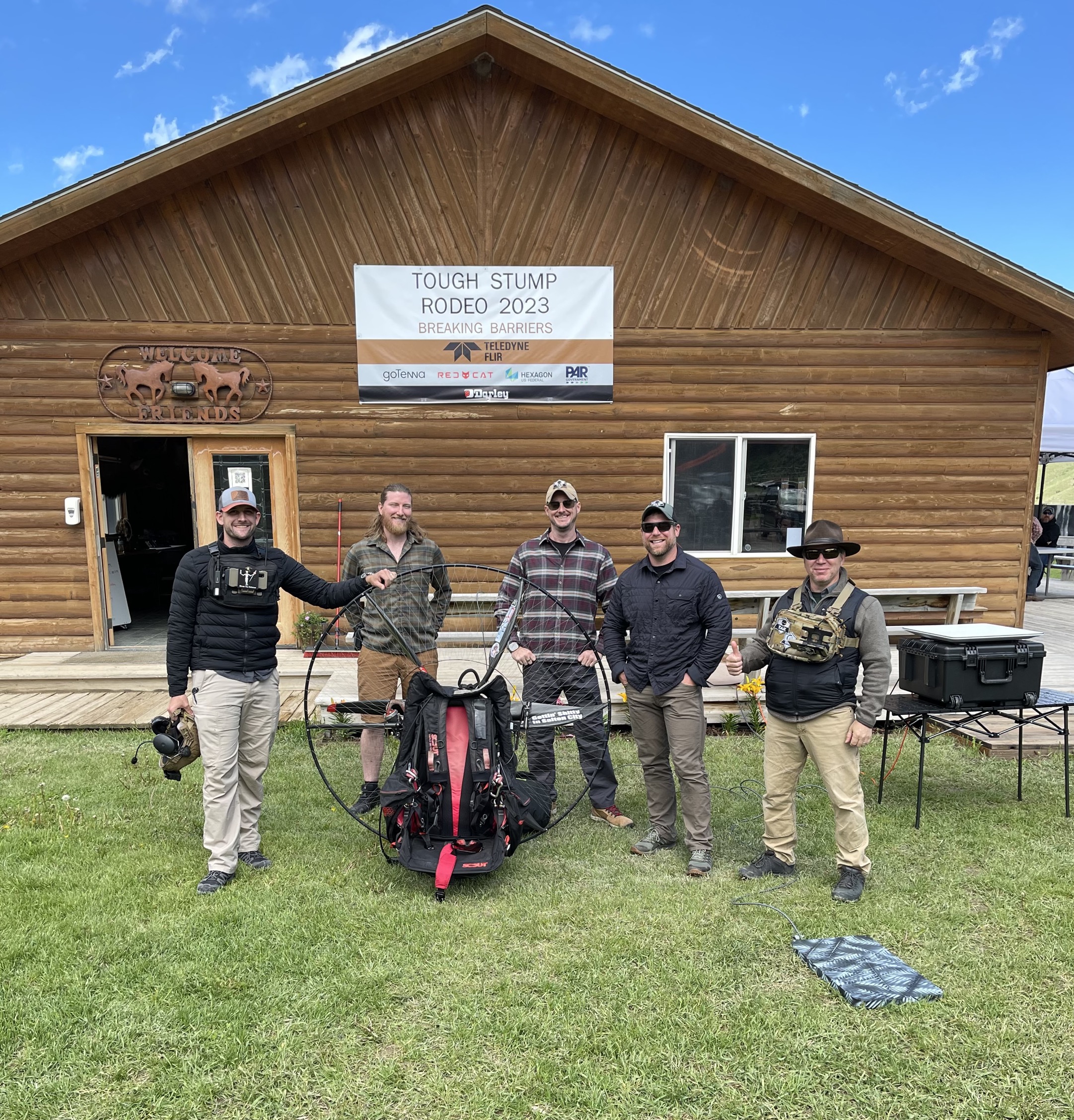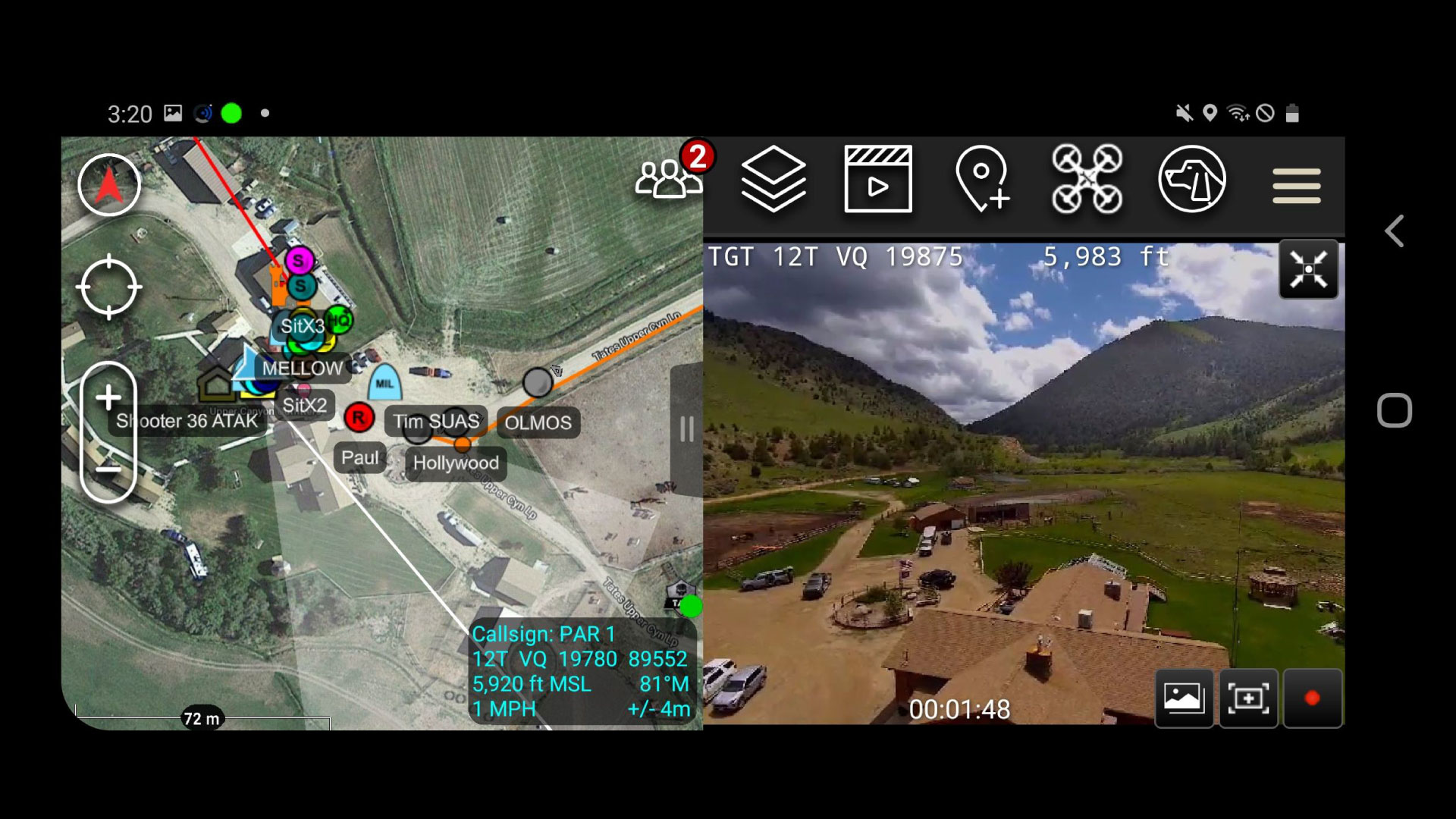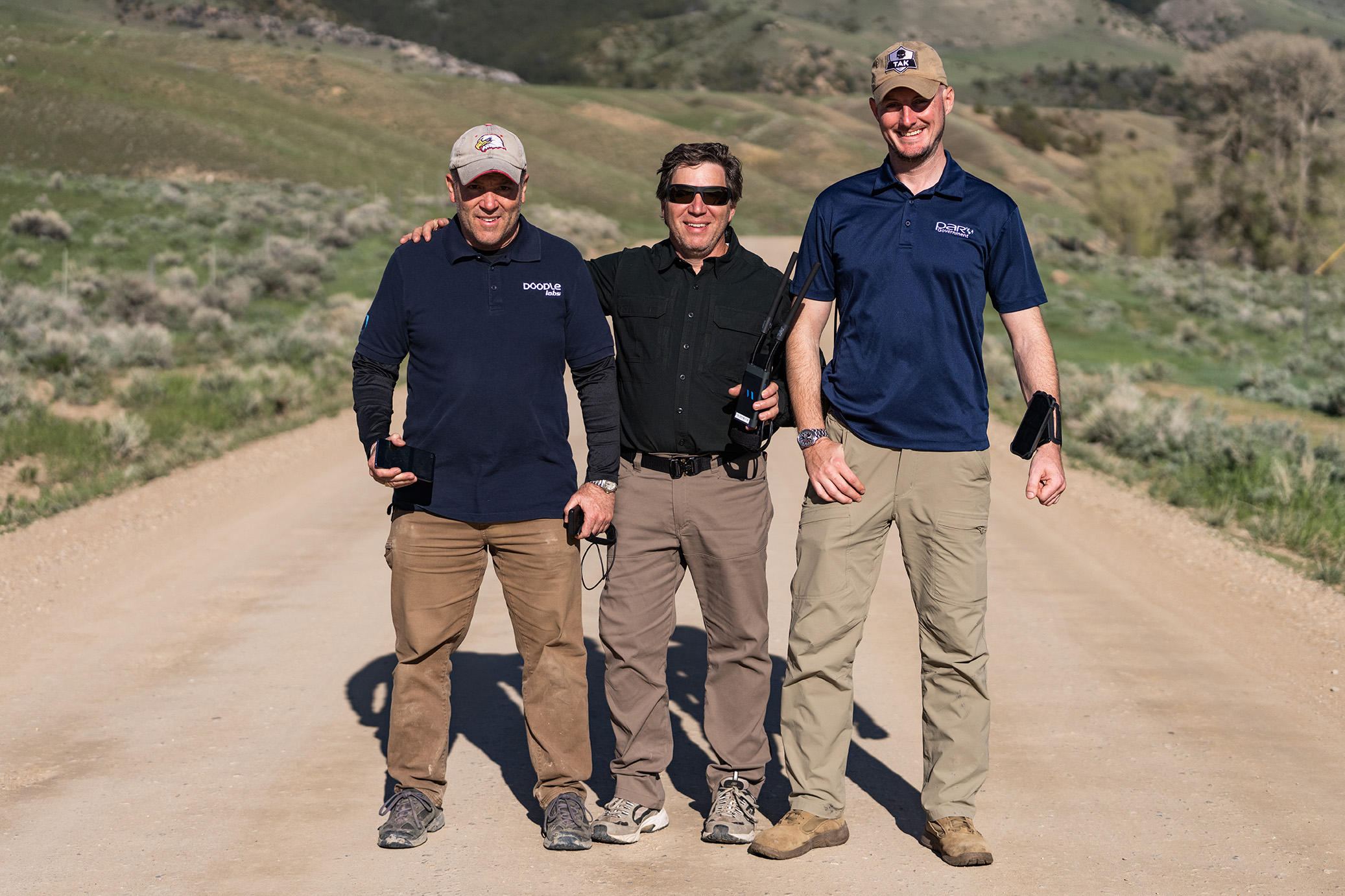Solving Problems at Tough Stump Rodeo
With a “show” this good, it’s hard not to “tell” the advances made by PAR Government.The annual Tough Stump Technology Rodeo in a rugged, austere...

The tactical domain is undergoing a rapid and sophisticated transformation, aimed at providing a decisive edge to our dedicated warfighters and first responders. Whether it's military operations, law enforcement, emergency response, or industrial applications, the need for seamless communication and coordination is critical. In this blog post, we'll explore why software systems must have a high level of interoperability in the tactical domain and the benefits it brings to various fields. The interoperability constructs apply to both Commercial Off the Shelf (COTS) and Government Off the Shelf (GOTS) systems alike.
Understanding Interoperability
Interoperability refers to the ability of different software systems or devices to work together, exchange information, and make use of that information. For instance, our Sit(x)® platform seamlessly integrates with TAK, as well as an array of other systems, including ArcGIS-based solutions, AWS Wickr, and more. In the tactical domain, this means that various software systems, often developed by different vendors (COTS) and by the US Government (GOTS), need to collaborate efficiently. These systems can range from command and control software to communication and data analysis tools.
Why Interoperability Matters? Here's our five ways:
Interoperable software systems, like TAK, enable a more comprehensive view of the tactical environment. When different systems can seamlessly share data and insights, it results in improved mission planning and enhanced situational awareness. The ATAK application already demonstrates this by combining data from blue force tracks, Unmanned Aerial Systems, ground sensors, and near real time satellite imagery to provide commanders with a real-time, holistic view of the battlefield.
In the tactical domain, rapid and well-informed decision-making is crucial. Interoperable systems allow decision-makers to access critical information from multiple sources, enabling them to make more informed decisions. Whether it's incident command coordinating resources during a disaster using TAK or a law enforcement agency tracking a suspect with standards based live video, interoperability is key to efficient and effective decision-making.
Without interoperability, organizations may end up with multiple software systems that duplicate functions or require redundant data entry. Interoperable systems reduce redundancy, streamline operations, and save valuable time and resources. Applying resources to improving interoperability instead of duplicating functionality is a force multiplier in the tactical domain.
The tactical domain is dynamic, and the software systems within it must be adaptable to changing circumstances. Providing options for securing solutions in the tactical domain is a key ingredient for success. Each organization has unique security policies that must be supported within the tactical domain to prevent catastrophic failures. Interoperable systems can integrate new technologies and data sources seamlessly and securely, ensuring that organizations can keep up with evolving threats and challenges.
Many tactical operations involve multiple agencies or organizations working together. Interoperable software systems make it easier to collaborate across boundaries, ensuring that information flows efficiently between stakeholders. Tools to help non-technical entities share data safely is one reason why the Sit(x) platform was developed by PAR and remains one of its key advantages today.
Interoperability in the tactical domain is not a luxury; it's a necessity.
Whether in military operations, emergency response, or law enforcement, the ability to connect and collaborate across different software systems can mean the difference between success and failure. As technology continues to advance, the imperative of interoperability in the tactical domain will only become more pronounced. Embracing this concept is not just a matter of efficiency; it's a matter of safety and effectiveness in a rapidly changing world. If you are interested in learning more about how PAR Government approaches interoperability reach out and contact our team today.

With a “show” this good, it’s hard not to “tell” the advances made by PAR Government.The annual Tough Stump Technology Rodeo in a rugged, austere...

Delve into alternative approaches for implementing situational awareness tools leveraging TAK without requiring every user to understand and utilize...

Three days in remote conditions? Challenging, for sure. But, when it comes to situational awareness, PAR Government soars – just as it did during...